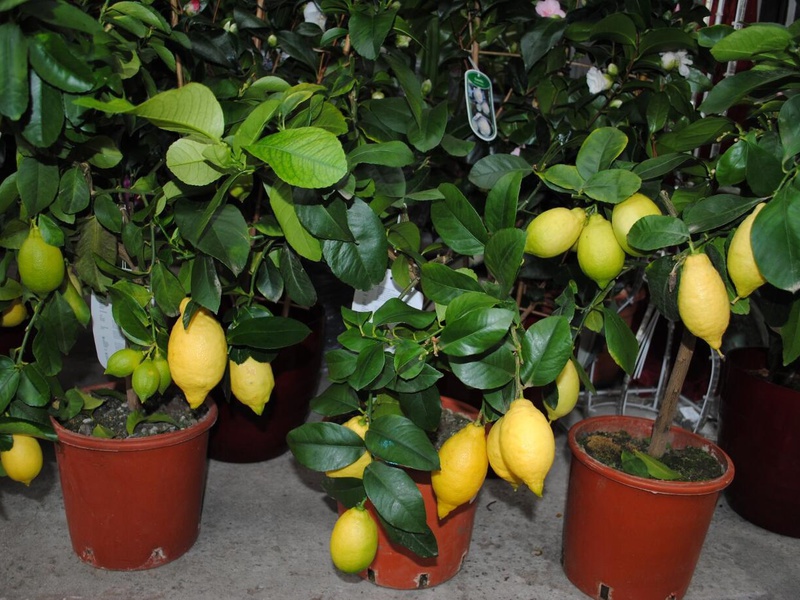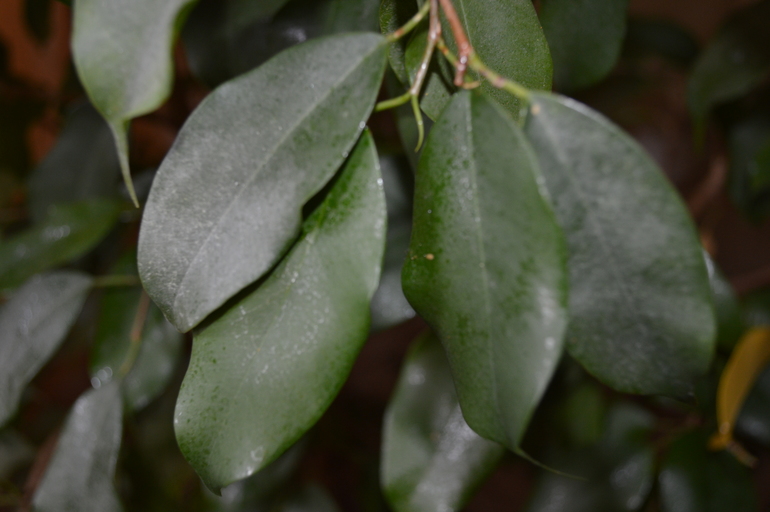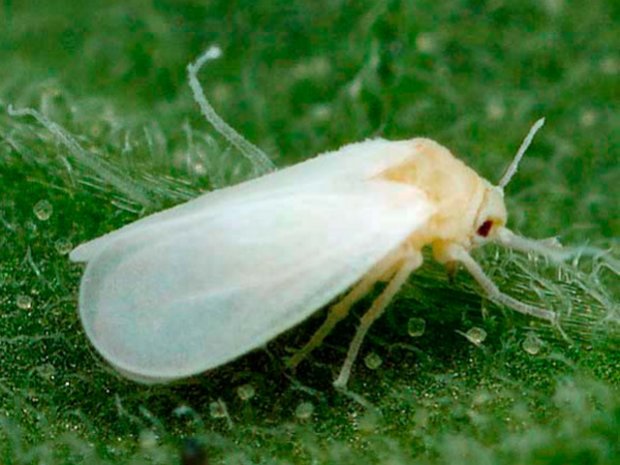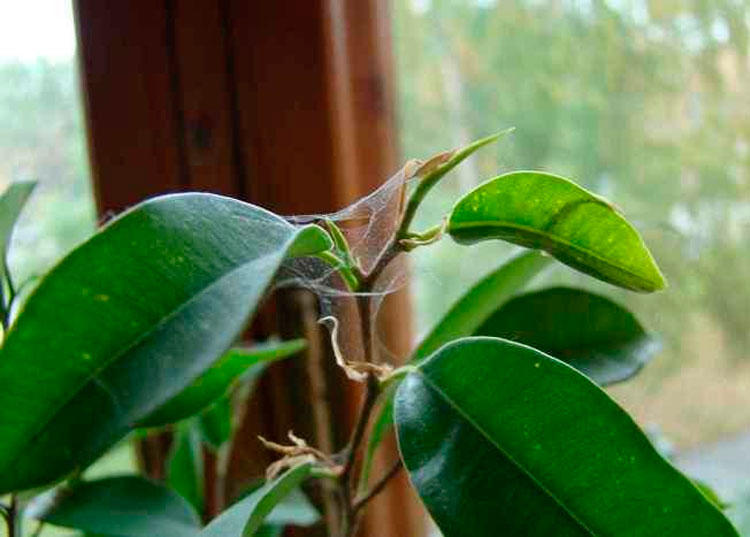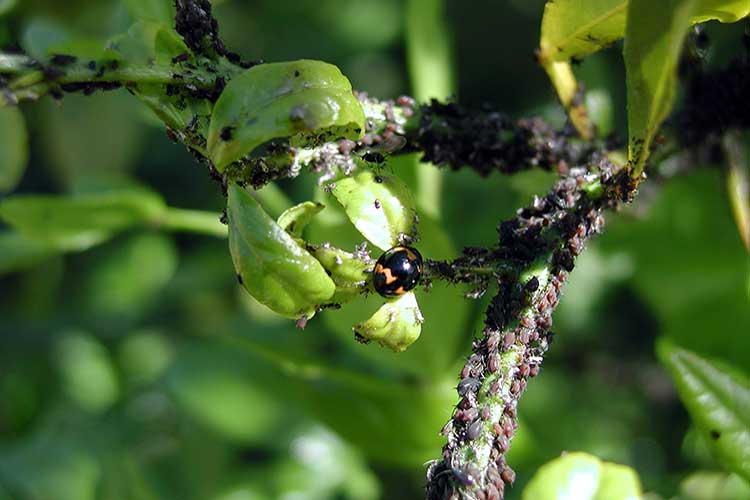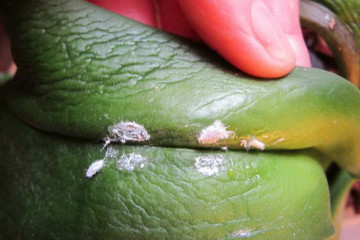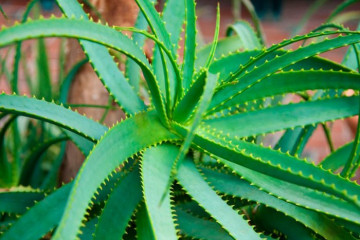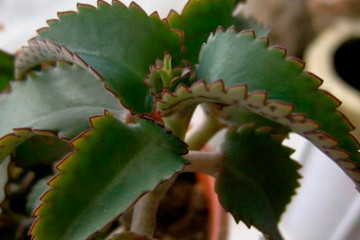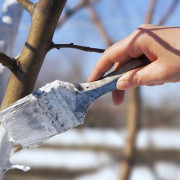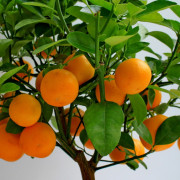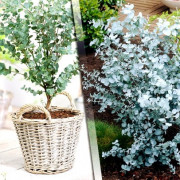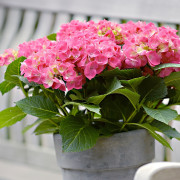Homemade lemon diseases - causes and treatment
Content:
Delicious home-grown lemons are no longer surprising. Before purchasing a plant, it is worthwhile to thoroughly research the home causes of lemon diseases and the treatment of these delicate plants.
Causes of home lemon diseases
Various diseases adversely affect the appearance of the plant and fruiting. Lemons are most often affected by diseases and pests:
- weakened by other diseases;
- for which proper care is not established (watering, pruning);
- contained in unsuitable conditions (improper lighting, drafts, defective soil, poor temperature conditions).
Viruses, bacteria or pests can appear:
- from poorly treated soil,
- from a diseased cutting during grafting,
- while airing the room (this happens extremely rarely),
- from sick indoor plants nearby.
Many diseases of the lemon can be cured, but there are also such diseases that do not lend themselves to any therapeutic effect, and the plant must be disposed of.
Why do lemon leaves turn yellow
Leaves of indoor lemon turn yellow, because:
- The wrong lighting was chosen (direct rays of the sun provoke the appearance of burns, excessive shading, especially in the cold season, does not allow the plant to fully develop).
- Insufficient or excessive watering, which are equally dangerous for lemon.
- Violation of the usual temperature regime causes stress in the plant, which leads to negative consequences. Lemons thrive in the 14-25 ° C temperature range, but 20 ° C are ideal for them. During airing (especially in autumn or winter), it is recommended to take the lemon out of the room in order to avoid a sharp temperature drop. Central heating batteries or other heating appliances should not be in the immediate vicinity of the pot.
- Increased or decreased level of humidity in the room (optimal from 60% to 70%).
- Irrational or irregular feeding. Lemon needs nutrients, but too much is not good for your pet.
Lemon leaf chlorosis
Chlorosis of plants is a violation of the process of chlorophyll formation in the leaves. The main symptom of the disease is yellowed leaf plates and green veins.
The main cause of the disease is a lack of iron and magnesium.
Ways to combat chlorosis:
- Transplanting the plant into new soil and a larger pot;
- Spraying leaves with a Ferovit solution (1.5 ml per 1 liter of water);
- Top dressing with magnesium sulfate;
- Rinsing the soil in a pot (pour warm water over the lemon for 30 minutes until a clear liquid flows from the drainage holes). This improves the structure of the soil and its air permeability. The plant is fed 30 days after the procedure.
Why do lemon leaves curl?
One of the common diseases of homemade lemon is leaf curling.
The causes of the disease:
- 1) Violation of the rules of care (most often improper moisture in the soil and air).
- 2) Lack of mineral fertilizers (deficiency of calcium, boron or copper in the soil).
- 3) Lack of fresh air.
- 4) Damage to the plant by various pests (both on the crown of the tree and on the root system).
Causes of lemon leaves falling off
The question "why does a lemon shed its leaves what to do" worries many growers. A common cause of a homemade lemon shedding leaves is a viral or fungal disease:
- Leaf mosaic (leaves change their shape, dark or light strokes appear on them, reminiscent of a mosaic, the plant stops growing). It is impossible to treat a diseased lemongrass; you can only prolong the life of the plant by regularly feeding and properly caring for it. Experts recommend destroying such a lemon so that the disease does not spread to other plants.
- Cancer of citrus plants (in the initial stages, the leaves and fruits become covered with brown spots, later the lemons take on ugly forms, the foliage falls off, and the tree dies). It will not work to revive a diseased tree, but for the prevention of cancer, it is recommended to spray lemon with liquid copper fungicides.
- Tristeza (one of the reasons why the lemon sheds its leaves, besides, the branches, bark gradually die off, and the tree dies). The disease is incurable, it often affects weakened plants.
- Anthracnose (the leaves turn yellow and fall off, thin branches die off, the tree can throw off the buds, red spots appear on the fruits). Treatment: cut off dried branches, treat the plant with Fitosporin three times, and a 1% solution of Bordeaux liquid is also suitable.
- Malsecco (the leaves fall off, the shoots from the tops begin to dry out, the branches turn red on the cut). The reason for the occurrence is a lack of lighting; from October to April, the plant needs illumination to increase daylight hours. Drug treatment is not possible. If the normalization of the light regime does not help, then the plant should be disposed of.
- If root rot is affected, lemon can also shed its leaves. If for this reason the leaves of the lemon fall off, then you know what to do: dig up the plant, wash and examine the root system, remove the rotten roots. Lemon is planted in another pot in disinfected soil. For 12-14 days, the plant is not watered, but only sprayed with warm water and the leaves are wiped with a damp sponge.
Sticky coating on lemon leaves
A sticky bloom not only spoils the appearance of the tree, but also inhibits its development.
Reasons for the appearance of a sticky layer:
- inadequate care;
- excessive watering for a long time;
- the plant was struck by the scale insect;
- aphids appeared on the lemon.
The first 2 factors can be easily eliminated after studying the relevant information on proper plant care. Scabbard and aphids are pests that are difficult to control, but quite possible.
Fighting yellow spots on lemon leaves
Lack of lighting, low air humidity, defective watering, sudden temperature changes and improper nutrition can provoke the appearance of yellow spots on the leaves of homemade lemon. The same symptoms can be observed with some diseases:
- Scab or wart is a fungal infection of the plant, the main symptom of which is yellow spots on the leaves, which gradually degenerate into pink-gray warts (growths). Orange spots appear on the fruit. Warts gradually spread throughout the plant, destroy fruits, and can lead to the death of the tree. Treatment: treatment of the crown with a 1% solution of Bordeaux liquid, removal of affected branches, fruits and leaves.
- Infection with dark brown spot (the appearance of yellow spots of irregular shape on the leaves) is incurable. A diseased plant must be destroyed in order to avoid spreading the disease to others.
- With phyllostictosis, brown specks with rims appear on the lower leaves.
- Late blight is characterized by swelling of the bark and oily spots on the foliage.
Phylostictosis and late blight can be treated with fungicidal preparations.
Dry leaf tips and white spots on them
Leaf tips can dry out when:
- unsuitable microclimate;
- unbalanced lighting;
- mineral starvation;
- improperly selected soil for planting a plant;
- infestation with parasites.
Lemon leaves, covered with white bloom, indicate the appearance of a whitefly butterfly.
Detecting the parasite is simple:
- after shaking the branches, butterflies fly up;
- grayish-white formations that resemble mold appear on the leaves and shoots;
- the affected leaves curl, turn yellow and dry out.
Insect control methods:
- a few butterflies are destroyed by washing the leaves with gauze dipped in soapy water;
- sticky tapes for flies are hung next to the tree;
- spray the plant several times with a sweet solution (2 tablespoons of sugar are dissolved in a glass of water);
- a large number of insects can be defeated only with the help of special chemicals.
Why lemon does not bear fruit
Not all lemon trees produce fruits. For many owners, this is just a beautiful decorative decoration for the home. Why lemon does not bear fruit, the main reasons:
- 1) the plant has grown from a seed and is not grafted;
- 2) the tree is improperly grafted;
- 3) violation of comfortable conditions of detention (temperature drops and low humidity);
- 4) there are too many flowers and fruit on the tree (experts advise to remove excess ovaries, guided by the rule: "10 leaves - 1 flower");
- 5) untimely feeding (forcing the lemon to throw off the color);
- 6) the plant is diseased or infected with parasites.
What to do to make the fruit appear on the lemon:
- Provide appropriate conditions for full-fledged growth and development.
- Apply top dressing regularly (in spring and summer 2 times a month, in autumn and winter - monthly).
- Graft the plant correctly (graft a strong tree, in which the bark is well separated from the wood). A clean and very sharp knife is used for the operation. To achieve the greatest alignment of the branch and the stem, the grafting site is tightly and tightly tied. The result is judged after 3 weeks.
- Cure diseases and get rid of pests.
- Form the crown so that by the age of three it consists of 7 main branches (while trying not to constantly shorten the tips of thin branches, since it is on them that flowers appear).
- The procedure for tightening the branches is carried out. To do this, in the spring, they are pulled together with soft wire to concentrate nutrient reserves in them for the next year.
Lemon pests at home
Lemons, like other house plants, are attacked by various pests.
Description of signs of spider mite infestation:
- 1) yellow dots appear;
- 2) yellowing of the edge of the leaves begins,
- 3) the leaves are rolled into tubes,
- 4) cobwebs or cobweb nests appear in the leaf tubules.
The parasite feeds on lemon juice, which is very small and invisible to the naked eye, but it does enormous harm. Home and folk remedies are ineffective, they not only do not destroy the pest, but also allow it to live and multiply unhindered. You can fight spider mites only with insecticidal preparations, for example, Fitoverm, Aktellik and Demitan.
Signs of aphid infestation:
- leaf plates and young shoots are deformed;
- a sticky coating appears;
- colonies of small green pests can be seen on the back of the leaves (adults turn black).
Aphids usually appear in spring; insects suck out juice from leaves and young shoots with their proboscis. The parasites are very prolific: about 20 generations can grow in a season.
Of the folk methods, the treatment of a plant with an infusion of wood ash mixed with a strong soap solution is effective.
Mechanical removal of parasites brings a temporary effect, after the insects resume their population.
Of the chemicals, experts recommend using Fitoverm or Iskra Zolotoy.
The scale insect is one of the hard-to-exterminate pests that infect indoor lemon. Signs of the appearance of a scale insect on a tree:
- the appearance of yellowish or reddish-brown spots on the leaves;
- the appearance of plaque along the veins on the leaves;
- the formation of a sticky liquid on the leaves (in some cases, parasites produce such an amount of liquid that it accumulates at the ends of the leaves);
- movement of adults along the leaves and trunk.
You can do mechanical removal of the parasite (wipe the leaves with a cloth soaked in strong soapy water or alcohol), this is effective, but laborious. In addition, there is always a risk of missing an adult parasite.
Aktara and Actellik, which have a systemic effect, are considered the most effective chemical preparations for fighting the scabbard. They are not only sprayed onto the crown of the plant, but also watered with them. This allows you to act on the parasites through their digestive tract, and not just contact.
Thus, homemade lemons are trapped by a large number of diseases and pests. Some diseases of indoor lemon lead to the death of the plant, so experts recommend not neglecting the rules of caring for the tree and preventing the appearance of various ailments.
